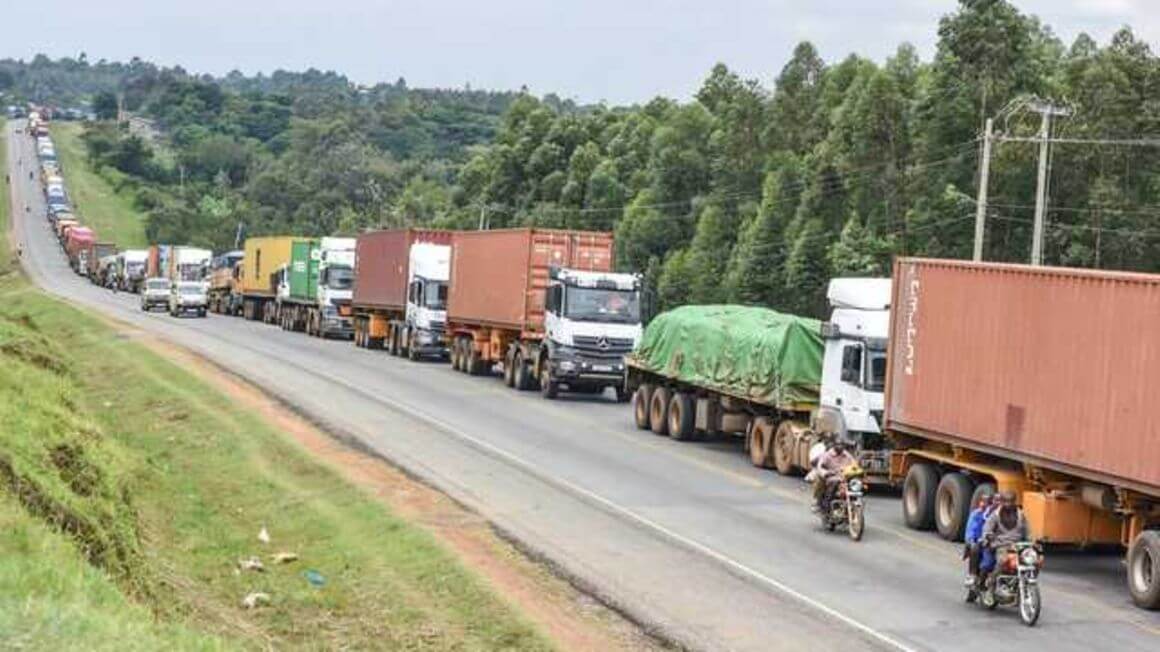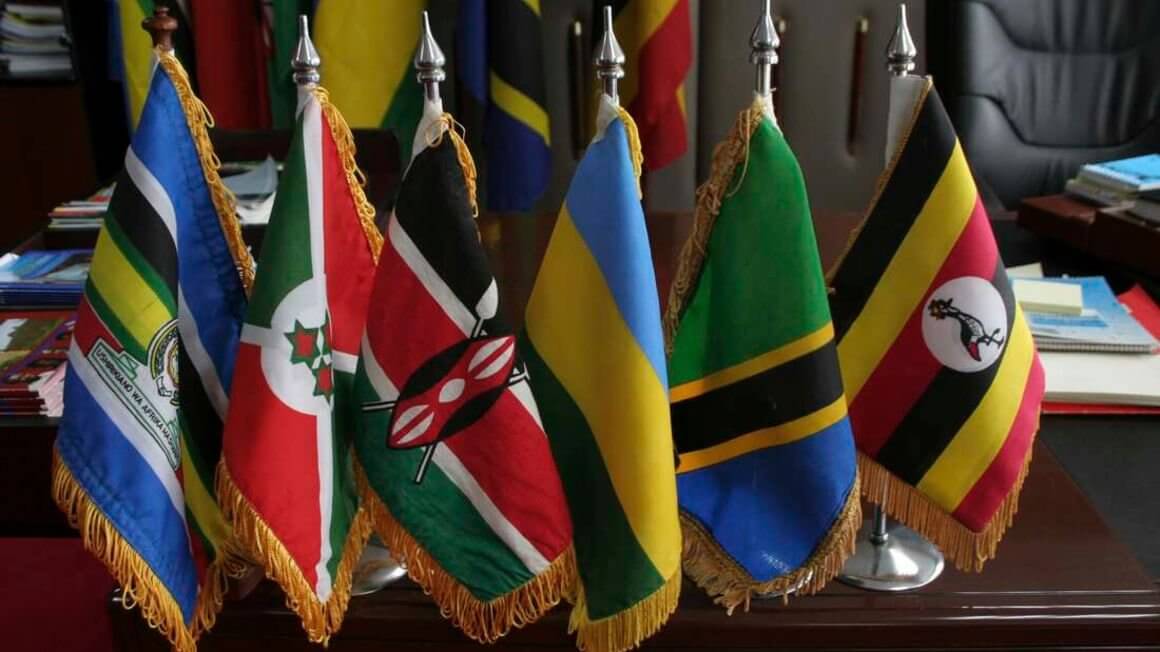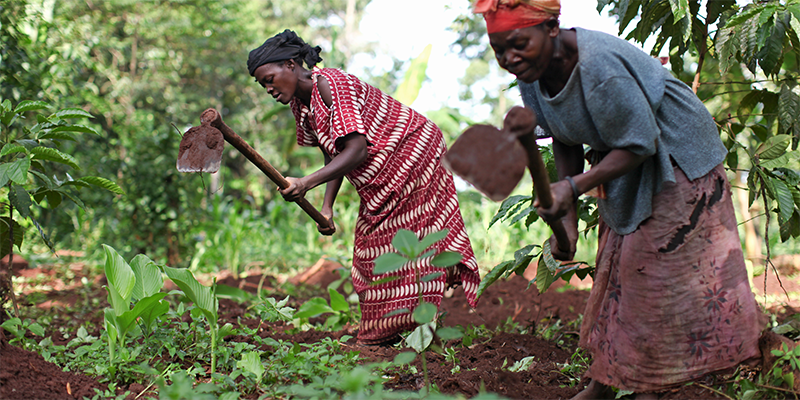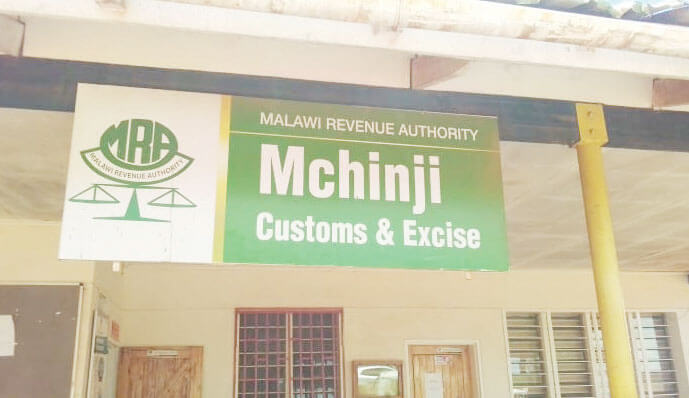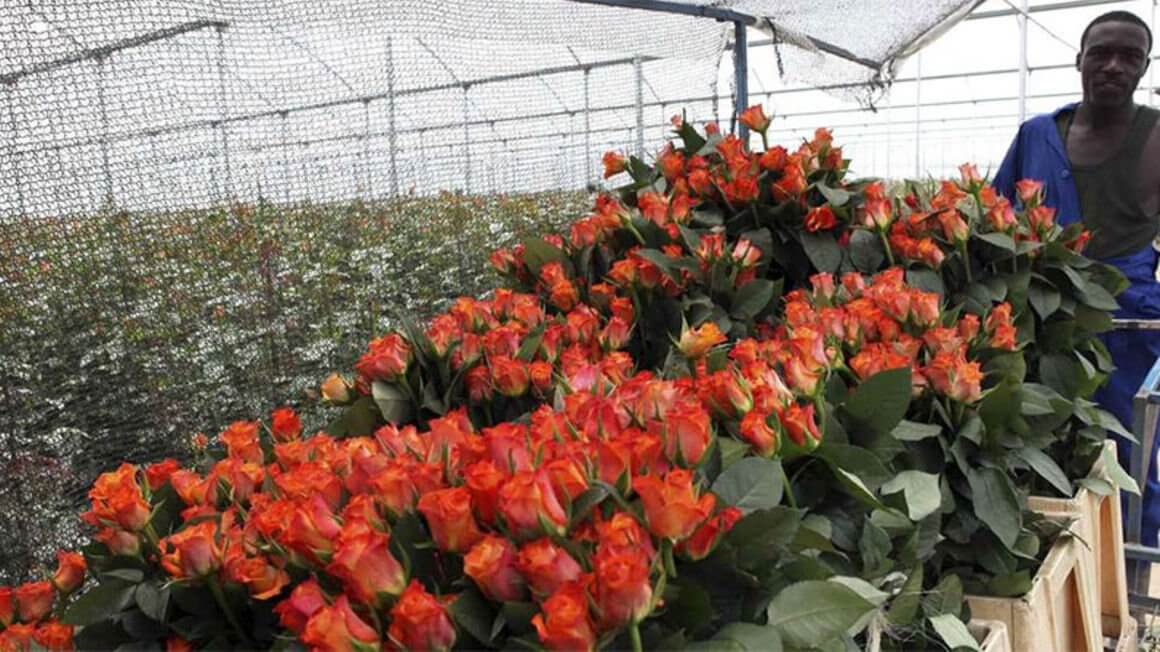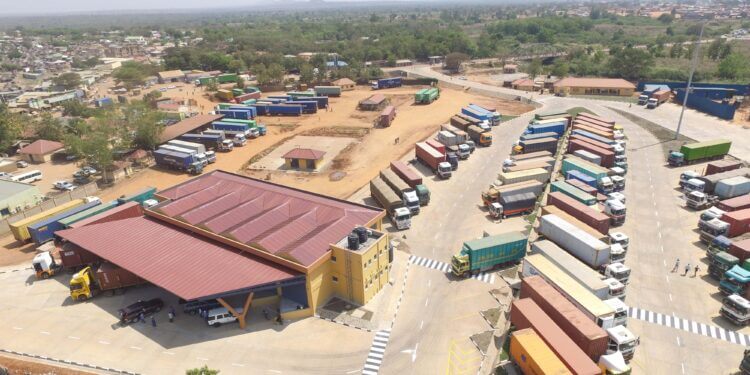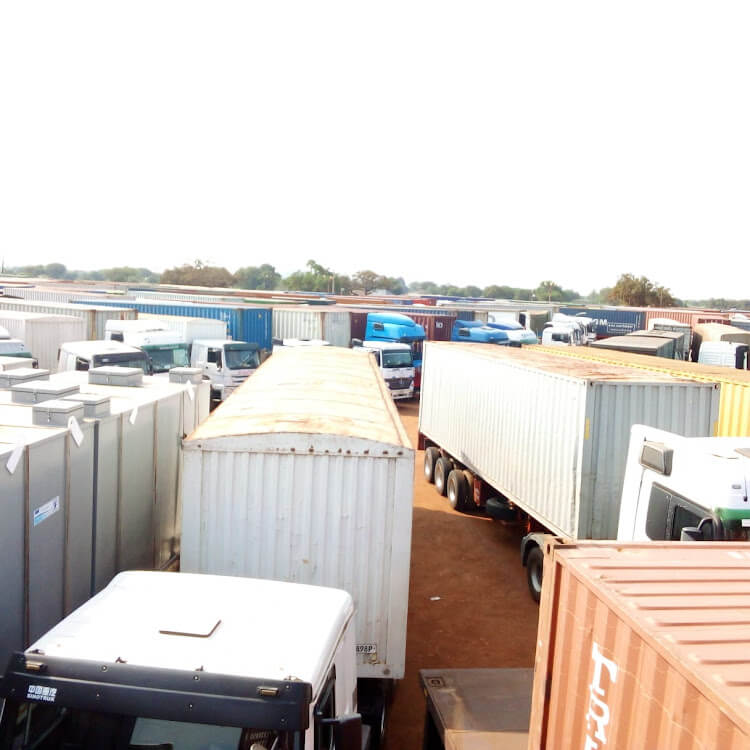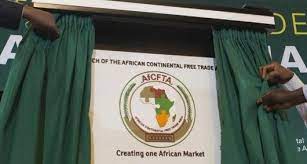Summary Waiting times at the border stations are commonly used as an indicator of trade facilitation performance. All registered products require a local certificate of conformity to be permitted into the country. Kebs shall register products based on test reports from laboratories accredited to ISO/IEC 17025, product certification by the National Standards Body and/or under IECEE scheme. The import, export and transit of goods and the means of transporting them are subjected to national and international regulations. Compliance with these regulations is checked and enforced when the goods arrive in the country of transit or destination. In most countries, this is at the border crossings or stations close to the geographical boundary of the country. Unfortunately, traders, their representatives and drivers in most cases are forced to undertake multiple formalities at border crossings to release and clear the goods. At times this becomes a lengthy or speedy process depending on the organisation of the border crossings, the procedures in place and management of those formalities. As a result, delays have become common, with pictures of endless lines of waiting trucks depicting trade barriers, particularly in developing countries in Africa. Waiting times at the border stations are commonly used as an indicator of trade facilitation performance. However, the delays and incalculable timelines harm transit traffic and cross border trade. They cause unpredictable delivery times for traders and make it difficult for them to participate in a time-sensitive logistics chain of business with the producer and cargo owner. Uncertain timelines also increase...
Goods registration plan to reduce cross-border delays
Posted on: March 14, 2022
Posted on: March 14, 2022

